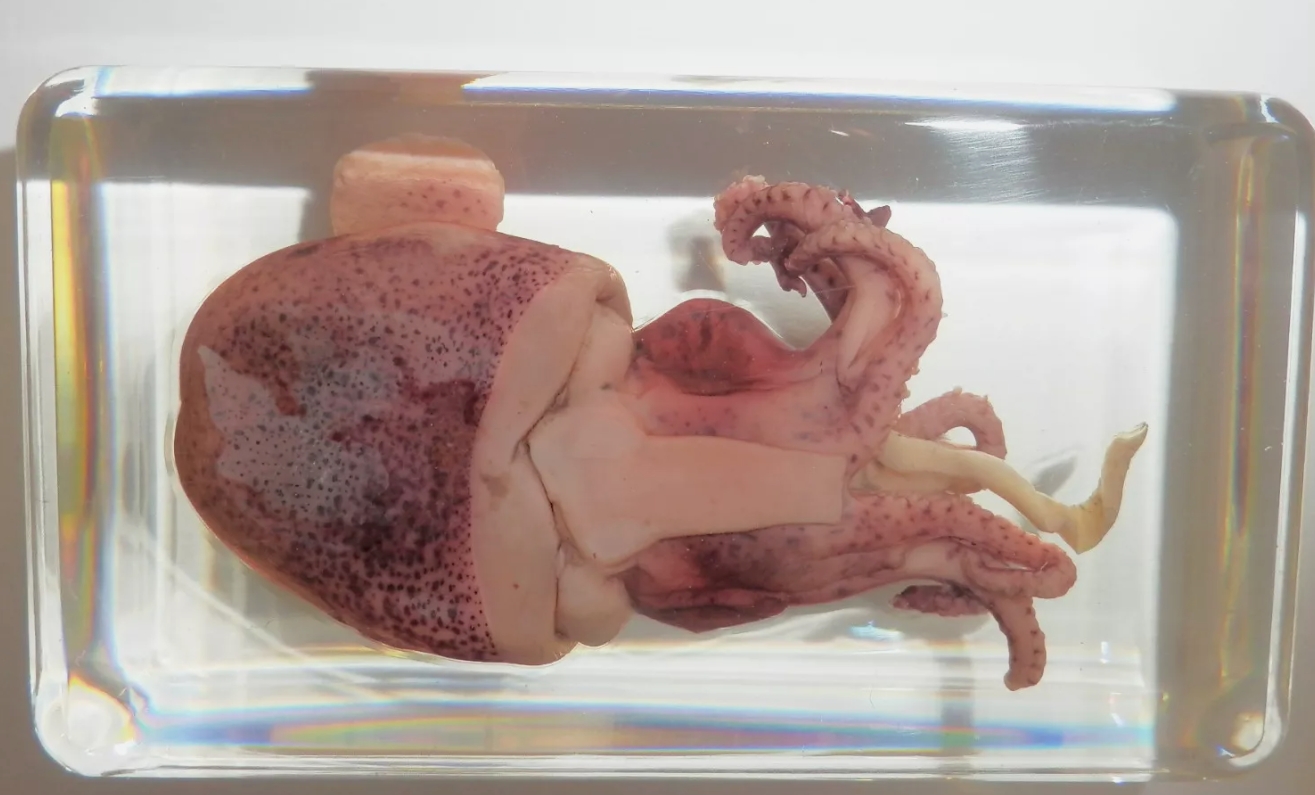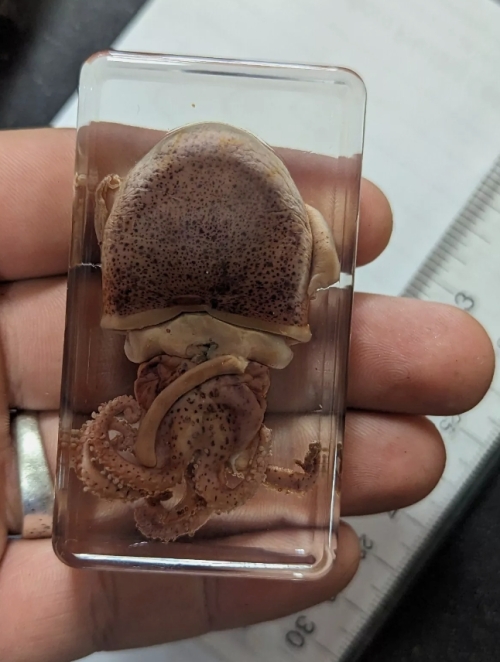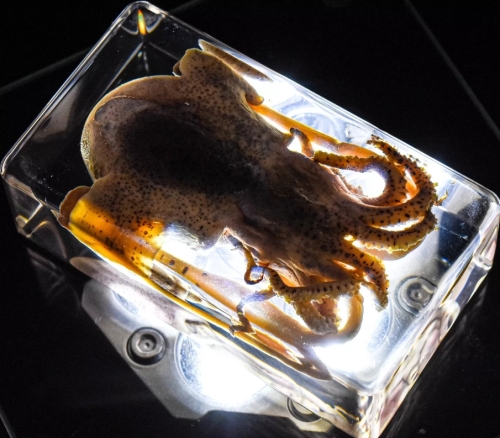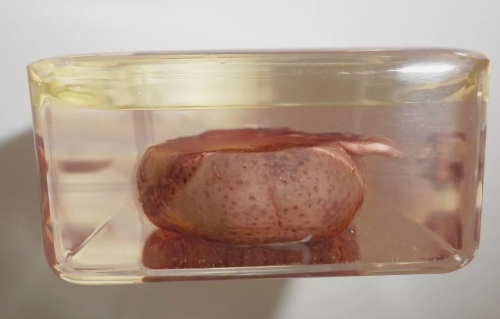Cuttlefish specimen is a kind of biological specimen rich in scientific and artistic value, usually used for research and display. What makes this specimen unique is its shape and structure, which not only attracts the attention of biologists, but also lovers and collectors.
Cuttlefish are mollusks belonging to the class Cephalopoda. They have soft and flexible bodies that allow them to move quickly through the water, and cuttlefish are also known for their unique ability to change color. This color-changing ability comes from special pigment cells in the body that help them camouflage themselves when hunting and defending themselves. In the process of specimen preparation, it is usually necessary to carefully observe the structure of the cuttlefish and capture every detail of its shape in order to preserve its natural state as much as possible when stored.
In the production process of cuttlefish specimens, it is first necessary to properly treat them to prevent rot and deformation. Common methods include the use of preservatives and fixatives to ensure long-term preservation of the specimen. After the production of cuttlefish specimens, not only provide a wealth of physical data in academic discussions, but also become an important exhibition object in museums, schools and scientific research institutions.
The research value of cuttlefish specimens is mainly reflected in the impact on biology, ecology and other fields. By observing specimens, researchers can gain an in-depth understanding of the cuttlefish's morphological characteristics, living habits, and relationships with the environment. Cuttlefish plays an important role in the Marine ecosystem, and its predator-prey relationship affects the stability of the Marine food chain. In addition, cuttlefish survival and reproduction are also affected by environmental changes, and studying their habits can help scientists better understand changes in Marine ecology.
















